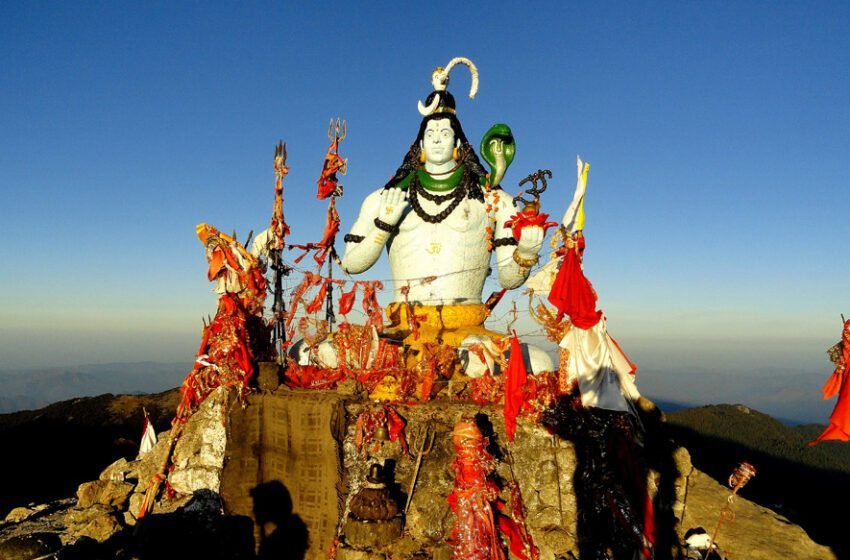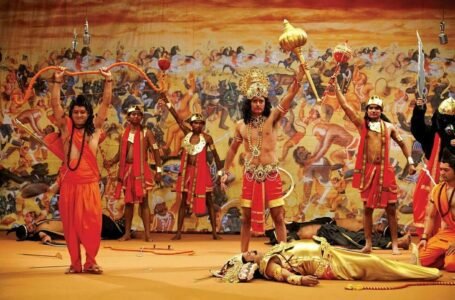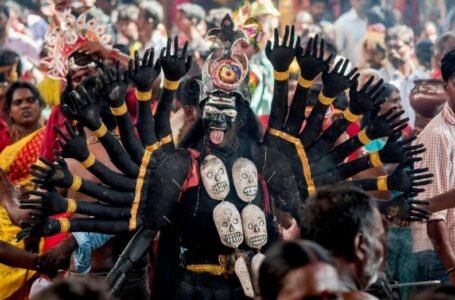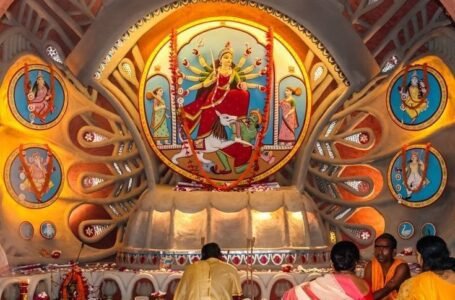Shirgul Devta: Guardian of Divine Justice in the Hills

The worship of local gods is at the core of the socio-cultural and spiritual identity of the mist-laden hills of Himachal Pradesh. Among the sacred gods is the guardian of justice, the protector of the oppressed, and the emblem of divine authority, Shirgul Devta. He is primarily revered in the regions of Sirmaur and Shimla, where his presence is loosely grounded in popular beliefs, customs, and folklore.
Shirgul Devta is usually depicted as a fierce yet kind deity that lies between faith and cultural heritage. His temple, rituals, and legends have, for ages, been inspirational springs for the people of Himachal; however, devotion to him represents a faith community enduringly entwined with its deity.
History
The origin of the worship of Shirgul Devta is directly associated with the history of the Sirmaur region. Legend has it that the deity descended first at Churdhar, the highest peak of the outer Himalayan range, which became his holy residence. The name “Churdhar” itself owes its origin to “Chur,” meaning “head,” and “Dhar,” meaning “ridge,” indicating the peak as the watchful abode of the Shirgul Devta over the land.
During the medieval period, temples under the auspices of Shirgul Devta were constructed, underlining the faith of the local rulers and communities. Constructed of indigenous materials like wood and stone, these temples represent the essence of the traditional architecture of Himachal Pradesh, with sloping roofs, intricate carvings, and sacred idols.
The Shirgul Devta Temple at Churdhar stands out as one of the most revered temples, a beacon of hope for pilgrims and devotees alike. The temple is located over 12,000 feet high and its pilgrimage raises a great challenge in itself, attracting devotees from far and wide across northern India.
For centuries, the worship of Shirgul Devta has passed beyond barriers of religion, caste, and geography, uniting diverse communities under his auspices as protector. His temples have also been centres of justice and social harmony, determining disputes according to his spirit.
Mythology
The mythology of Shirgul Devta is as rich as it is profound. He is believed to be a manifestation of Lord Shiva, embodying strength, wisdom, and compassion. It is said that he is the one who protects Churdhar, ensuring that the region is free from evil and full of peace and prosperity.
A famous legend recounts the tale of Shirgul Devta’s arrival in the region. He had come from the sacred land of Haridwar and had moved to Churdhar, thanks to prayers for protection by the local populace. Upon reaching the area, Shirgul Devta made high up the highest peak his abode so that he became the guardian of that land.
Another legend states that Shirgul Devta came down to Sirmaur to battle against a fierce demon who was terrorizing the villages of Sirmaur. Well-known for its cunningness and great might, this demon had enslaved the local villagers. Upon receiving calls for help, Shirgul Devta appeared to combat with the demon. With divine weapons and blessings from Lord Shiva, he defeated the demon and freed the villagers from his tyranny, re-establishing peace.
Each of these tales serves to depict Shirgul Devta as a protector and carries along values of bravery, justice, and selflessness which he symbolizes, inspiring his devotees to steer their lives as righteousness personified.
Cultural Significance
The prominence of Shirgul Devta transcends that of faith, infusing thematically into the very culture and society of Himachal Pradesh. Often, temples are expected to do more than just serve as sites of devotion: they are the beating hearts of the community alike, drawing people together to celebrate festivals, perform rituals, and organize gatherings aimed at promoting harmony and oneness.
The annual Shirgul Mela at Churdhar and other temples of the deity is like an extravaganza, with traditional music, dance, and offerings flowing in large measure. Thousands of devotees come together to seek divine blessing, perform rituals, and pay homage to the deity.
Shirgul Devta worship is an arch of the interaction with Mother Nature. Sacred groves and forests around his temples are thought to be extensions of the deity’s divine presence, emphasizing the intrinsic value of nurturing the environment. These natural landscapes increase the pilgrims’ spiritual experience and remind humankind about their inescapable obligation to the protection and preservation of the planet.
Along with that, Shirgul Devta has played an important role in community justice. Disputes and quarrels are often brought up in his temple, where traditional councils provide interpretations of his will resulting in a reasonable settlement of the issue. This fortifies values such as integrity and accountability to ensure the harmony of the community.
Rituals and Worship Practices
The rituals given to Shirgul Devta are reflections of the simplicity and love of his devotees. Daily prayers at his temples involve offerings of flowers, incense, milk, hymns, and particularly aartis. Special ceremonies, generally performed by temple priests or the village elders, mark special occasions-significant events like harvests, weddings, and festivals.
To trek the 26-kilometre-long path from Churdhar to reach the Shirgul Devta Temple is regarded as one of the most important acts of devotion. The pilgrimage path which leads pilgrims up steep trails through thick woods tests the faith and perseverance of one on the pilgrimage while a glimpse into the sunrise and the animal life around offers spiritual nourishment.
Rituals are at their peak during festivals. Processions where the idol or sacred emblem of the deity makes its way through villages, accompanied by music, dance, and communal feasting, are grandeur. Sharing prasad among all in attendance is a representation of Shirgul Devta’s blessings that deepen their sense of community.
Legacy and Modern Relevance
His worship today takes different forms even as times evolve to the demand of his devotees and devotees alike were interpreted differently through time.
Today, local worshippers, spiritual seekers, and local tourists are still being inspired by Shirgul Devta. The temples and festivals, however, have become one of the main attractions for cultural tourism, showcasing the rich cultural heritage of Himachal Pradesh.
The scheme of documenting his stories and rituals to preserve and promote the legacy of Shirgul Devta is a major contribution to making sure that this spiritual and cultural treasure gets passed on to future generations.
Conclusion
Shirgul Devta is the king of justice, lives in Himachal and embodies the very soul of Himachal Pradesh. His myth, his history, and his relevance reflect the eternal connection between divinity and human beings, teaching timeless lessons of faith, courage, and harmony.
His festivals, rituals, and temples continue to mesmerize the local people and instil this sense of unity and devotion among his followers, his presence being a reminder of spirituality’s infinite capacity to uplift and inspire, ensuring that the traditions and values associated with him continue to provide strength for generations to come.
To honour Shirgul Devta is to celebrate not just a god, but a timeless symbol of justice and resilience-a bond linking humanity to the divine. His legacy stands as a bright and shining example of rich spiritual and cultural heritage in Himachal Pradesh and as a beacon of hope and inspiration in a constantly changing world.


